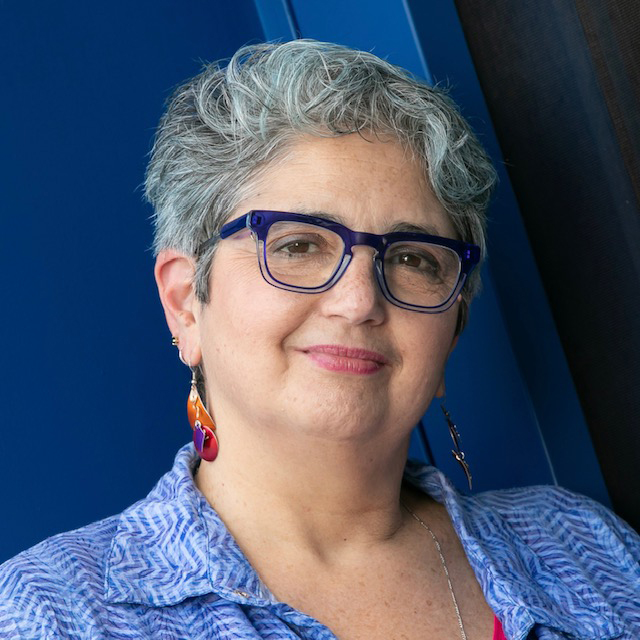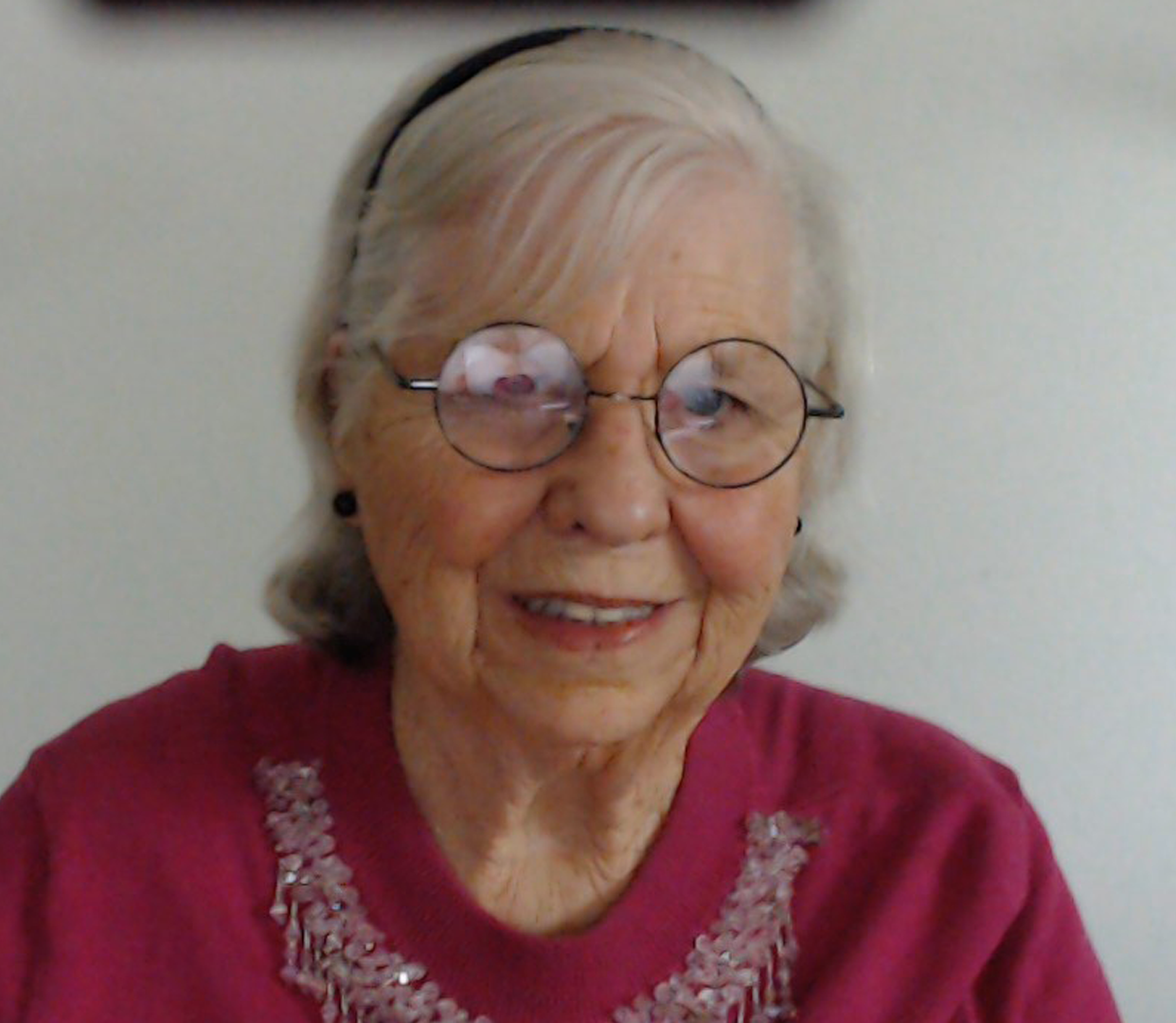This summer, over dinner with her best friend, Jackie Barden brought up an uncomfortable topic: the possibility that she might die alone.
“I have no children, no husband, no brothers and sisters,” Barden recalled saying. “Who will hold my hand while I die?”
Barden, 75, has never had children. She has lived alone in western Massachusetts since her husband passed away in 2003. “There comes a point in your life when you no longer go up, but go down,” she told me. “You start thinking about what will happen in the end.”
It is that many elderly people living alone are a growing population, more than 16 million people in 2023 – I wonder. Many have family and friends they can turn to. But some do not have a spouse or children; relatives live far away or live separately from the rest of the family. Others have lost dear friends they once depended on to old age and illness.
More than 15 million people age 55 and older do not have a spouse or biological children; almost 2 million have no family members at all.
Other older people are isolated due to illness, frailty or disability. Between 20% and 25% older peoplewho do not live in nursing homes and are not in constant contact with other people. Research shows that isolation becomes even more common as death approaches.
Who will be there for these lonely aging people as their lives come to an end? How many of them will die without people they know and care about?
Unfortunately, we have no idea: National surveys do not collect information about who is around older people when they die. But dying alone is a growing concern as more older people age on their own after widowhood or divorce or remain single or childless, according to demographers, medical researchers and doctors who care for older people.
“We've always seen patients who are essentially left on their own as they transition to end-of-life care,” said Jaron Johnson, medical director of hospice and palliative care at Presbyterian Health Services, the largest health care system in New Mexico. “But they weren’t as common as they are now.”
Attention to the potentially dangerous consequences of dying alone has increased sharply during the Covid-19 pandemic, with families prevented from visiting hospitals and care homes due to the death of older relatives. But it has largely fallen off the radar since then.
For many people, including medical practitioners, this prospect makes them feel abandoned. “I can’t imagine what it’s like, at the height of an incurable disease, to think I'm dying and I have no onesaid Sarah Cross, assistant professor of palliative medicine at Emory University School of Medicine.
Cross's research shows that more people now die at home than anywhere else. While hundreds of hospitals have No One Dies Alone programs that match volunteers with people in their final days, similar services are generally not available to people at home.
Alison Butler, 65, is an end-of-life doula who lives and works in Washington, DC. She helps people and their loved ones navigate the dying process. She has also lived alone for 20 years. In a lengthy conversation, Butler admitted that being alone at the end of life felt like a form of abandonment. She fought back tears as she spoke of perhaps feeling like her life “doesn't matter or have deep meaning to anyone.”

Without trusted people to help terminally ill adults, there is also an increased risk of self-neglect and decline in well-being. Most seniors don't have enough money to pay for assisted living or home care if they lose the ability to shop, bathe, get dressed, or move around the house.
The nearly $1 trillion in cuts to Medicaid planned under President Donald Trump's tax and spending law, formerly known as the One Big Beautiful Bill Act, will likely be complex difficulties in accessing adequate medical careeconomists and political experts predict. Medicare, the government's health insurance program for older adults, generally does not pay for in-home services; Medicaid is the main source of this type of assistance for people who lack financial resources. But states may be forced to drop Medicaid home care programs as federal funding declines.
“I'm very scared of what's going to happen,” said Bree Johnston, a geriatrician and director of palliative care at Skagit Regional Health in northwest Washington. She predicted that more terminally ill older people who live alone will end up dying in hospitals rather than in their own homes because they lack basic services.
“Hospitals are often not the most humane places to die,” Johnston said.
Bye hospice care This is an alternative paid for by Medicare, but it is too often unsuitable for terminally ill seniors living alone. (Hospice serves people whose life expectancy is six months or less.) First, hospice is underutilized: Fewer than half of older adults under age 85 use hospice services.
Additionally, “many people have the misconception that hospice agencies will provide the strength on the ground and help with all of those functional issues that people have at the end of life,” said Ashwin Kotwal, assistant professor of geriatrics at the University of California, San Francisco School of Medicine.
Instead, agencies typically provide only intermittent care and rely heavily on family members to offer needed assistance with activities such as bathing and eating. Some hospices don't even accept people without caregivers, Kotwal noted.
Hospitals remain. If older adults are alert, staff can talk to them about their priorities and help them make the medical decisions they face, said Paul DeSandre, director of palliative and supportive care at Grady Health System in Atlanta.
If they are delirious or unconscious, as they often are, staff will usually try to find someone who can discuss what the senior might want at the end of life and perhaps serve as a surrogate decision-maker. Most states have laws that designate default surrogates, usually family members, for people who have not named a decision-maker in advance.
If all efforts fail, the hospital will petition the court for guardianship, and the patient will become a ward of the state, which will have legal oversight of end-of-life decisions.
In extreme cases, when no one comes forward, a person who died alone may be considered “unclaimed” and buried in a common grave. This, too, is becoming increasingly common, according to Unclaimed: Abandonment and Hope in the City of Angels, a book about the phenomenon published last year.
Shoshana Ungerleider, MD, founded End Well, an organization dedicated to improving end-of-life experiences. She suggested that people make a concerted effort to identify lonely and seriously ill older people early and provide them with enhanced support. Stay in touch with them regularly through calls, videos or text messages, she says.
And don't assume that all older adults have the same priorities for end-of-life care. They don't.
Barden, a widow from Massachusetts, for example, is focused on pre-arrangements: All her financial and legal arrangements are in order, and funeral arrangements have already been made.
“I’ve been very fortunate in life that we have to look back at the things we have to be grateful for and not dwell on the bad,” she told me. As for imagining the end of her life, she said: “It will be what it is. We can't control any of this. I think I'd like someone to be with me, but I don't know how that will work out.”

Some people want to die the same way they lived – alone. Among them is Elva Roy, 80, founder of Age-Friendly in Arlington, Texas, who lived alone for 30 years after two divorces.
When I contacted her, she told me that she had thought long and hard about dying alone and was considering a medically assisted death, perhaps in Switzerland if she became terminally ill. This is one way to maintain the sense of control and independence that sustained her on her own.
“You know, I don’t want anyone near me if I’m exhausted, sick or sick,” Roy said. “I wouldn't feel comforted if someone held my hand, wiped my brow, or watched me suffer. I really don't mind dying alone.”








